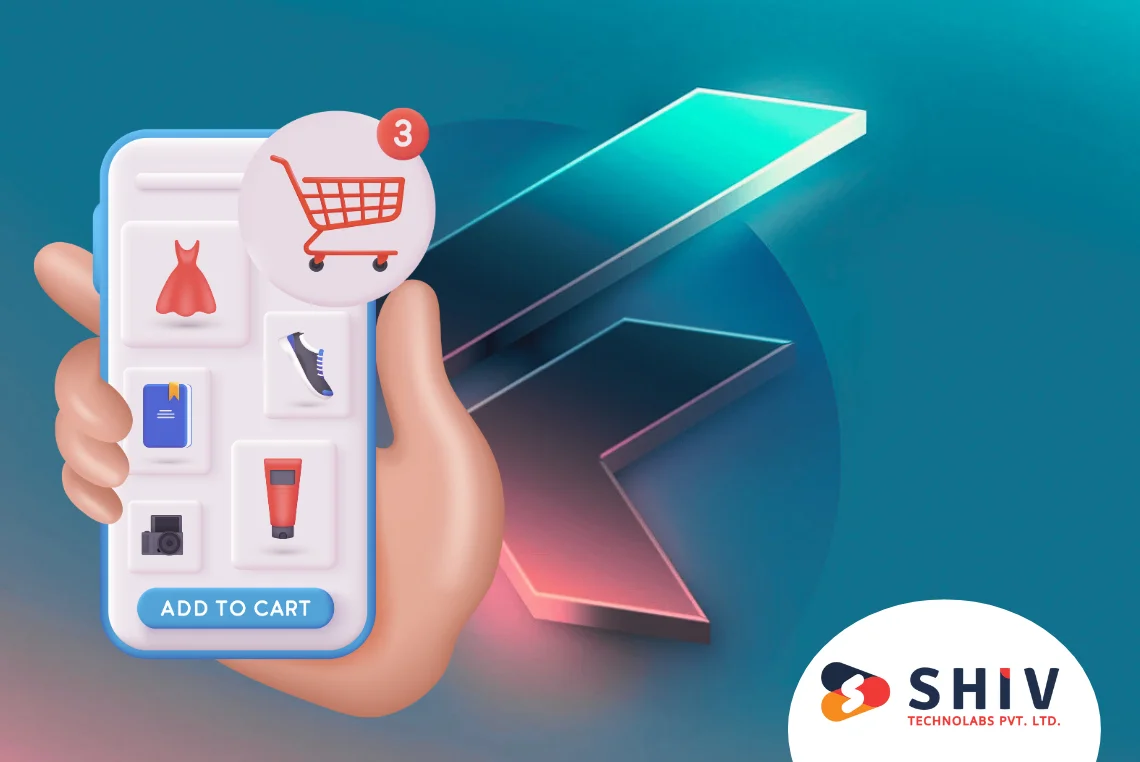Table of Contents
Building apps is completely transformed with React Native. Although it began as a tool for mobile apps, it now supports desktop applications. With React Native Windows App Development, businesses can build a Windows app using JavaScript and React. The advantage of this approach is that it saves time and effort. Currently, a lot of companies are choosing React Native for Desktop App Development for a variety of reasons.
Microsoft supports React Native Windows Development. React Native for Windows App development allows businesses to extend their reach to a wider audience. Here, we will discuss a step-by-step guide to building a React Native desktop app. In addition to that, we will discuss how a React Native app development company can help you in achieving your goal. Let’s get started.
Why Choose React Native for Windows App Development?
React Native is popular for mobile and desktop applications. It offers many benefits, such as:
| Feature | Benefit |
|---|---|
| Cross-Platform | One codebase for Windows and other platforms |
| Fast Development | Reusable components speed up development |
| Cost-Effective | Saves money by reducing development time |
| Strong Community | Large support network for problem-solving |
| Backed by Microsoft | Reliable and regularly updated |
React Native desktop app development services are preferred by many businesses as they help reduce costs and increase efficiency. Additionally, productivity is improved because you can reuse code between platforms with React Native. It has also been seen that, while building a React Native Windows App developers can reuse up to 90% of the code, reducing development efforts.
Step-by-Step Guide For React Native Windows App Development
Step 1: Setting Up the Development Environment
Before starting your React Native Windows application development, you must establish the necessary development environment setup.
1. Install Node.js: Download and install Node.js. This is required for package management.
2. Install React Native CLI: Run the following command in your terminal:
npm install -g react-native-cli
3. Install Visual Studio: Download and install Visual Studio 2022 with the necessary workloads for Windows development.
4. Set Up Windows Build Tools: Run:
npx react-native-windows-init --version latest
5. Create a New Project: Use the command:
npx react-native init MyWindowsApp
6. Add Windows Support: Navigate to the project folder and run:
npx react-native-windows-init --overwrite
Now, your environment is ready for development.
Step 2: Building the React Native Windows App
The app’s building process can be started after the setup is completed.
1. Create Components: Create UI components through JavaScript code that operates on multiple operating systems.
2. Use Native Modules: Integrate Windows-specific features for better performance.
3. Style the App: Apply CSS-like styling using React Native’s StyleSheet.
4. Test the App: Run the app on Windows using:
npx react-native run-windows
5. Debug and Optimize: React Developer Tools and built-in debugging features should be used to deliver a smooth experience.
6. Implement UI/UX Best Practices: The Design should be simple, responsive, and easily accessible for all users.
An app development company can help streamline the process of React Native app development and make the process smooth.
Step 3: Adding Features to Your Windows App
Enhance your React Native for Desktop App with additional features:
- Navigation: Use React Navigation for smooth transitions between screens.
- State Management: Implement Redux or Context API for better data handling.
- API Integration: Fetch data from external sources using Axios to make the app dynamic.
- Database Connection: Connect with Firebase, SQLite, or MongoDB for efficient data management.
- Push Notifications: Add notifications using the React Native Push Notification library.
- Offline Functionality: Enable caching to allow the app to work without an internet connection.
- Dark Mode Support: Improve user experience by integrating a dark theme option.
These features improve user experience and app performance, making your application more engaging and useful.
Step 4: Testing and Debugging
Testing is important in React Native Windows Development. Follow these steps:
1. Use Jest for Unit Testing: Write test cases for UI components and logic.
2. Test on Multiple Devices: Check compatibility across different Windows versions and screen sizes.
3. Debug Using React DevTools: Identify and fix issues quickly with real-time monitoring.
4. Optimize Performance: You can minimize memory usage while optimizing rendering by implementing lazy loading techniques.
5. Use End-to-End Testing: The testing process should be automated through the utilization of Cypress or Detox tools.
Applications tested extensively will function better while drawing increased user numbers, which generates better customer satisfaction rates.
Step 5: Deploying the Windows App
After development, deploy your React Native Windows App.
1. Build the App: Use the command:
npx react-native run-windows --release
2. Package the App: Generate an installable file (.appx or .msix package).
3. Sign the App: Use a digital certificate for security and compliance.
4. Publish to Microsoft Store: Submit your app for review and listing on the Windows Store.
5. Monitor Performance: Use tools like App Center for performance tracking and crash reporting.
By following these steps, you can successfully launch your React Native Desktop App.
Key Statistics on React Native Windows Development

1. The Microsoft team revealed in 2024 that their Windows 10 and 11 products had accumulated 1.4 billion active users.
2. The deployment time for desktop applications developed through React Native decreases by 40% for businesses.
3. Businesses using cross-platform frameworks like React Native experience a 30% boost in developer productivity.
As you can see, React Native Windows Development’s growing popularity makes it a desirable option for businesses.
Conclusion
For businesses that want to build powerful Windows applications, React Native Windows App Development is a smart choice. It is cost-efficient, fast to develop, and has good
community support.
So, if you need experts, Shiv Technolabs can provide top-rated React Native window app development services. We have a team of qualified React Native desktop app developers
offering top-of-the-class services that assist your business with exceeding its development requirements.
Our team can deliver the best results whether you need a new app or want to improve an existing one. Contact us to kickstart your development project.























